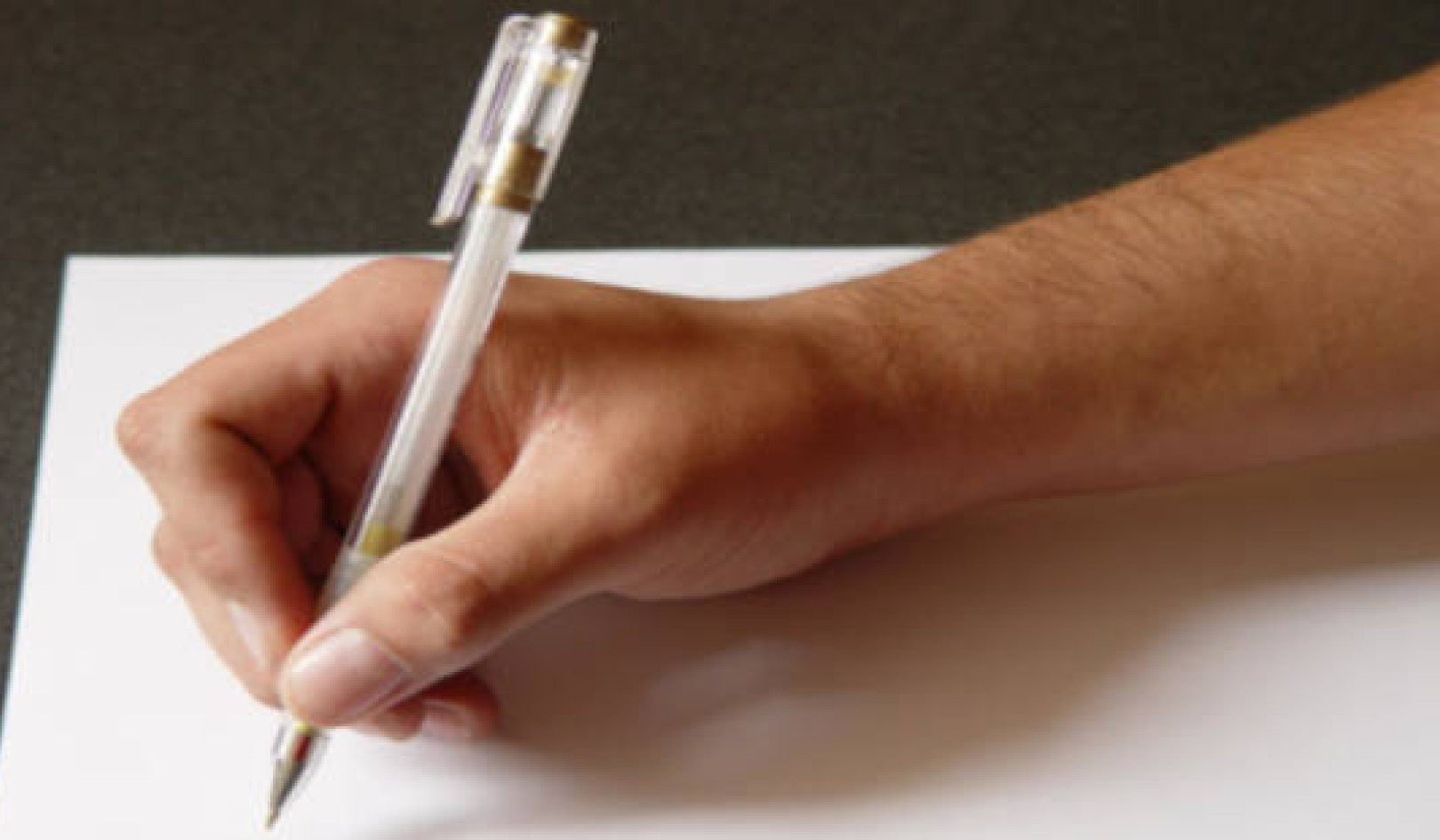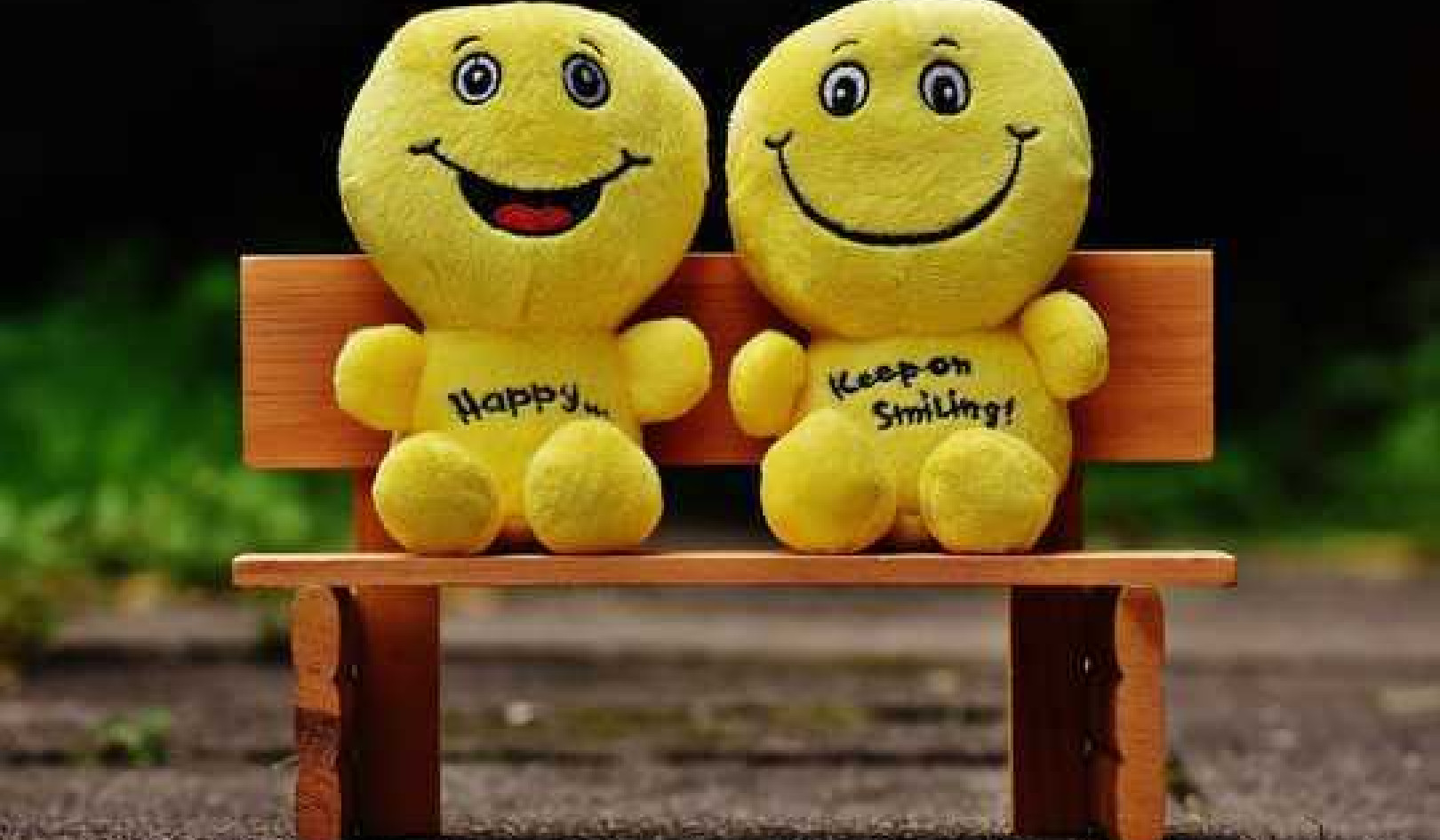
Photo credit: Matt Kingston. (CC Attribution 2.0 Generic)
Choose one or two ways you can apply mindfulness in your daily life in the coming week. The more specific you are in choosing the activities, the more likely you are to follow through.
You might choose washing the dishes on Monday, Wednesday, and Friday to begin your mindfulness experiment. Simply pay attention to each detail of the task.
- Bring your awareness to the present moment, to your body standing at the sink, and the warmth of water on your hands. Notice the texture, shape, and weight of each item as you soap its surfaces, rinse, and place in a rack to dry.
- At the end of the week, reflect on how the experience of mindful dishwashing was different from your usual way of washing dishes.
- Extend your mindful activity to other areas of the kitchen—the counters and floor—as you’re ready.
- Alternately, you could choose organizing your desktop at the end of the workday.
Whatever activity you choose, remember that mindfulness is equal parts focus and relaxation—it’s not about perfectionism or being intentionally slow and self-conscious. Hopefully, it’s enjoyable!
A Shift in Perception
When we approach an activity with mindfulness, we’re not trying to see in some special way, but it does cause a shift in our perception. When we look at our feelings of anger or envy, they’re not our prepackaged versions. We see them freshly, with greater clarity. We start to understand how we see—how we perceive and label—and how that alters our experience.
This clarity leads us to a new understanding of who we think we are. It brings perspective to our relationships and our sense of connectedness to the world. When we genuinely want to explore just how our emotions affect the way our life unfolds, mindfulness carries us a long way.
Look and See
- Look at a specific action (something you do by yourself), like cleaning up your desk. Once again, start with yourself. Bring your awareness to the present moment, to your body sitting at your desk, and to the objects on and around your desk. (What are their colors, shapes, and textures?)
- Notice your thoughts about the objects and the feelings they provoke, as well as your tendency to drift into thoughts about the past or future.
- At the first moment you recognize that you’re thinking, acknowledge, Thinking, and bring your attention back to your body and the present moment.
- Next, briefly shift your attention to the mindful mind itself. Watch the watcher of your actions, then return to simple mindfulness.
- Repeat a few times.
- Reflect on the experience. Did watching the mindful mind change your experience of the original activity in any way?
The Flow of Activity
When you apply mindfulness while you’re busy doing things—working at the computer, doing the laundry, washing the car or the dog, you’re engaged in “mindful activity.” You’re being attentive to the flow of activity rather than becoming lost in your thoughts about it.
As you move about, you’re paying attention with mind and body, with all your senses. You’re seeing, hearing, and touching the sights, sounds, and objects around you. When you become distracted, you pause and create a Mindful Gap by releasing any mental chatter or feelings that have come up. Again and again, you let go of your thoughts about what you’re doing and get back to doing it.
Letting go of whatever’s distracting you means that you let go of more than just chatter. You let go of your perfectionism, your boredom, your envy, your worry, as well. And then you return to your activity with relaxed but focused attention.
If you’re cooking the evening meal, the point is to simply do it and then let go of it. Let the result be just what it is. If you’ve given something your full attention and made a good effort, it’s generally enough. Don’t worry about becoming an expert in all facets of your life. Instead, just try to relax and enjoy what you’re doing.
Be Kind To Yourself
Choose a simple creative activity that’s new to you or at which you’re inexperienced. For example, draw a picture, arrange some flowers, write a poem. What’s important in this practice is to explore an unfamiliar activity with openness, and then let go of the result. When you encounter self-criticism, confusion, or resistance, simply pause and relax. That’s being kind to yourself.
Excerpted with permission of the publisher, TarcherPerigee,
a division of Penguin Random House LLC.
©2017 by Dzogchen Ponlop. All Rights Reserved.
Article Source
Emotional Rescue: How to Work with Your Emotions to Transform Hurt and Confusion into Energy That Empowers You
by Dzogchen Ponlop.
 In this life-changing book, acclaimed Buddhist teacher Dzogchen Ponlop Rinpoche shows how to free yourself from being a victim of your emotions by gaining the awareness and understanding that will help you harness their power.
In this life-changing book, acclaimed Buddhist teacher Dzogchen Ponlop Rinpoche shows how to free yourself from being a victim of your emotions by gaining the awareness and understanding that will help you harness their power.
Click here for more info and/or to order this book.
About the Author
 Dzogchen Ponlop Rinpoche is a widely celebrated Buddhist teacher and the author of Rebel Buddha: A Guide to a Revolution of Mind. (“Rinpoche” is an honorific reserved for highly respected Buddhist teachers.) He is the founder and president of Nalandabodhi, an international network of Buddhist centers. (Author Photo by Ryszard K. Fr?ckiewicz. CC BY-SA 4.0, via Wikimedia Commons.)
Dzogchen Ponlop Rinpoche is a widely celebrated Buddhist teacher and the author of Rebel Buddha: A Guide to a Revolution of Mind. (“Rinpoche” is an honorific reserved for highly respected Buddhist teachers.) He is the founder and president of Nalandabodhi, an international network of Buddhist centers. (Author Photo by Ryszard K. Fr?ckiewicz. CC BY-SA 4.0, via Wikimedia Commons.)
VIDEO: "Searching for the Searcher" with Dzogchen Ponlop Rinpoche


























